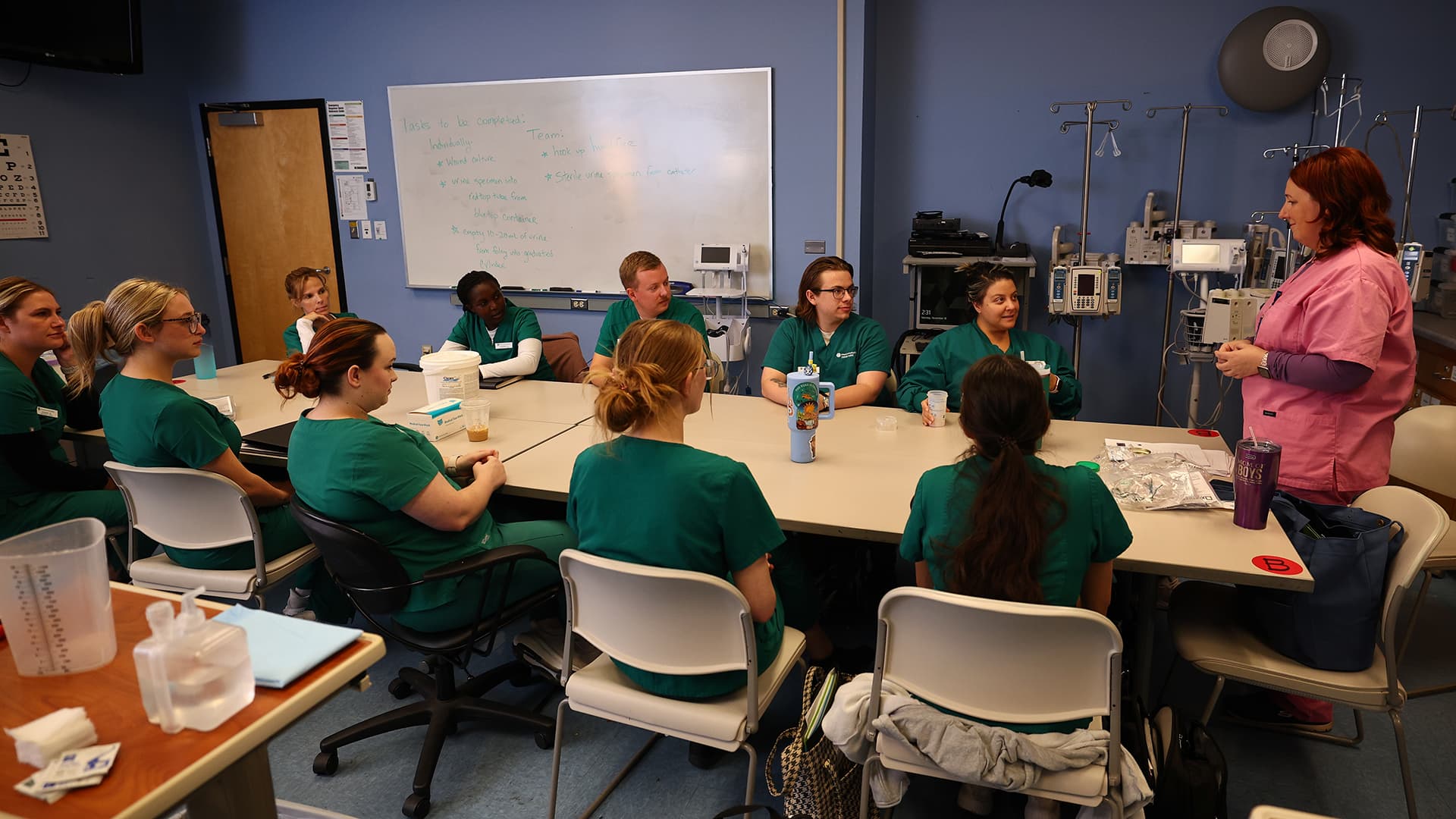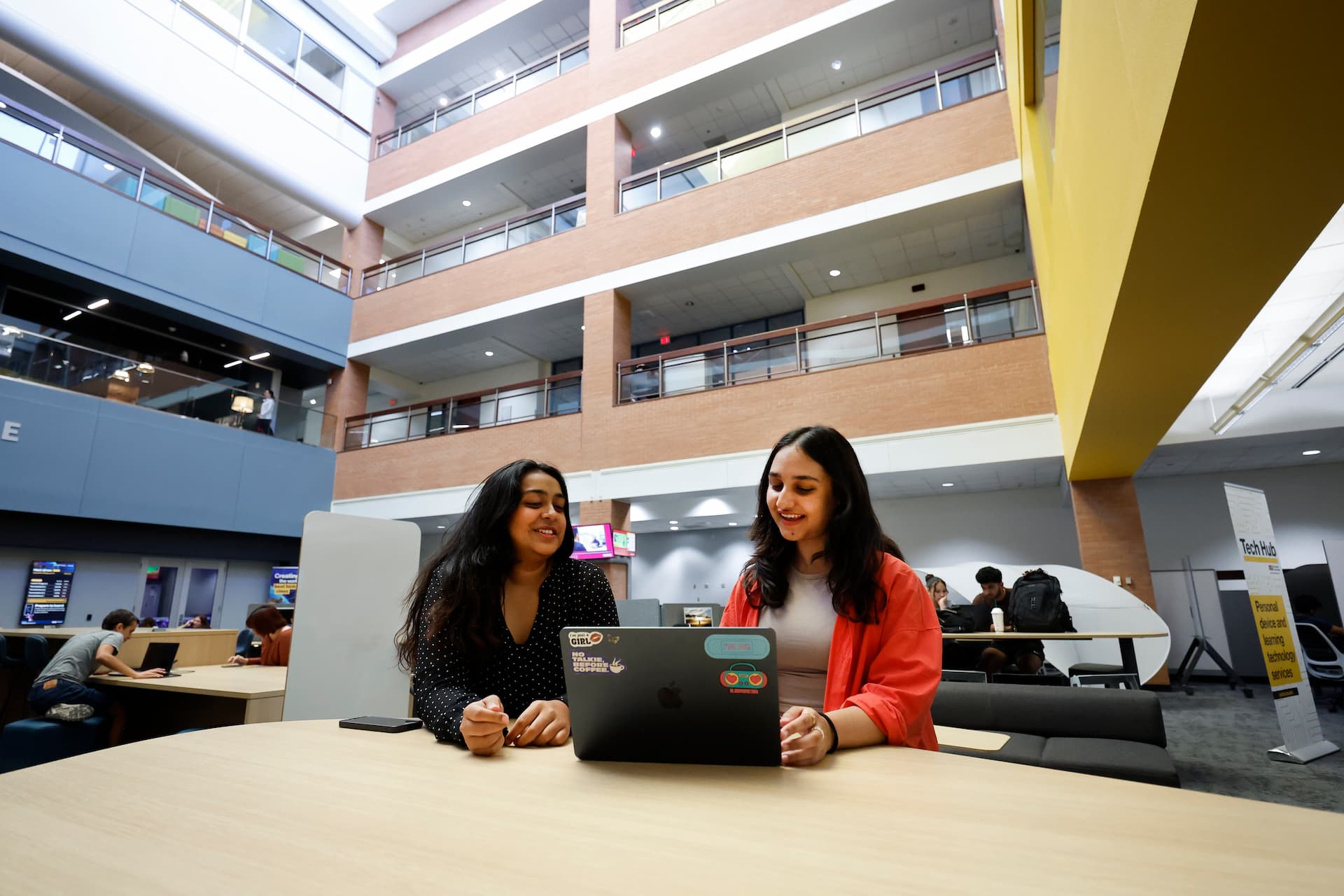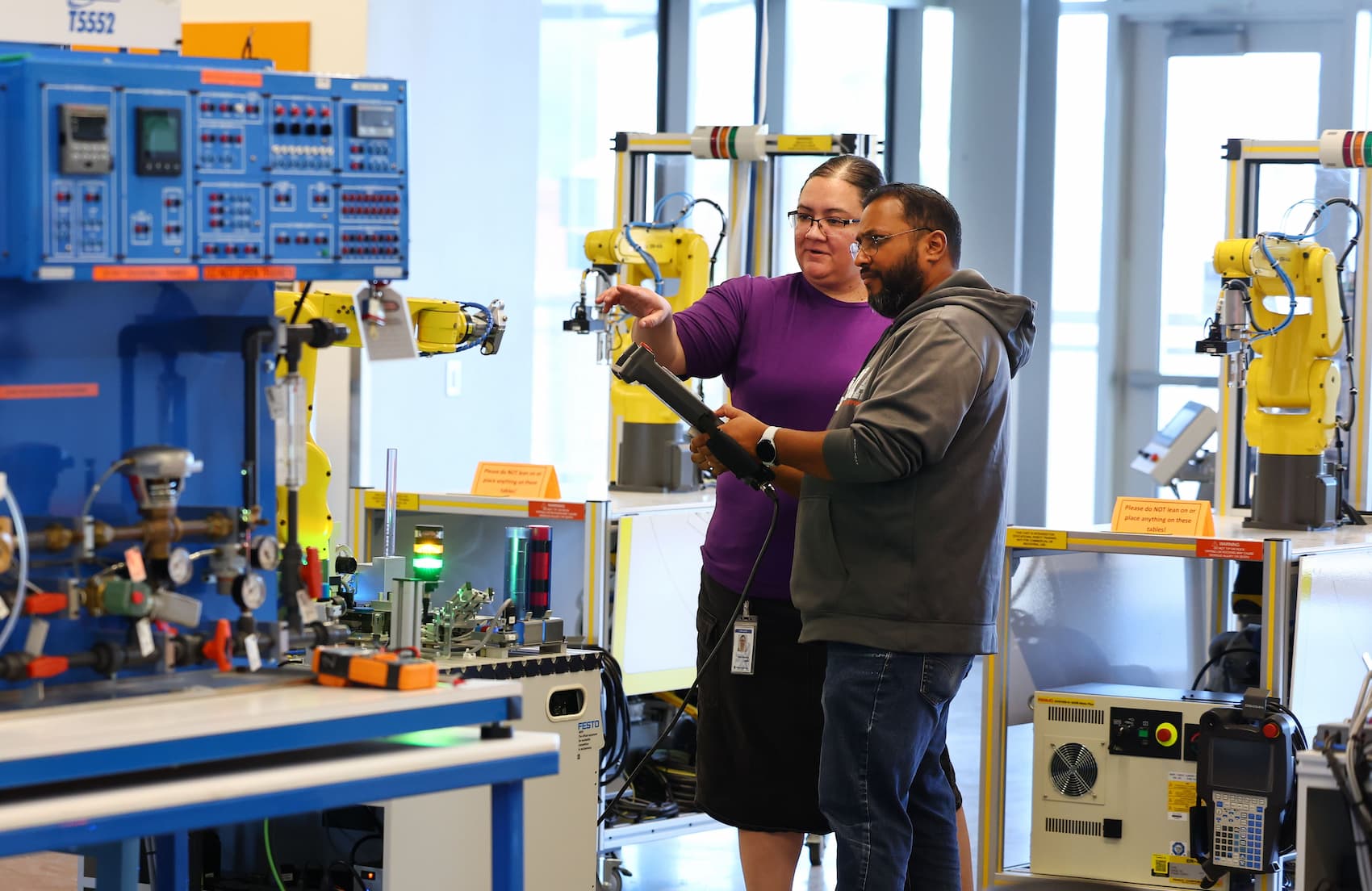Work-Based Learning: 5 questions for Strada’s Laura Love


Like many young adults, Laura Love faced uncertainty when she graduated from college: a lackluster job market and little direction on how to break into the career field she wanted to pursue. What she did have was strong support from her family.
At her mother’s suggestion, Love tapped into the alumni network at her alma mater, the University of North Carolina at Chapel Hill. Through the alumni association, Love identified alumni who worked at social impact organizations. She emailed several, heard back from a few, and arranged in-person conversations with anyone willing to meet with her.
One of those conversations led to a summer internship. That internship led to Love’s first job.
“I remember feeling like internships were such an opportunity, and most students were having to navigate that process entirely on their own.”
Today, as Strada senior vice president of work-based learning, Love works to improve access to paid internships and apprenticeships that help students connect their education to their career aspirations. Her work centers on research, policies, and practices needed at the state and federal level to achieve systems change.
“Through work-based learning, learners get access to a network, development of skills, and real-life work scenarios. No matter where they land next, it’s a tremendous benefit to them,” Love said. “Then, for employers, it lowers the cost to hire and increases retention.
“All these years later, it’s my mission to make work-based learning integral,” she continued. “As opposed to it being in the margins and something you find if you’re lucky, it should be built into any postsecondary path we have.”
Other nations have embraced work-based learning for decades. Why has it been challenging for the U.S. to expand work-based learning experiences for more students?
Work-based learning is not a new concept; apprenticeship dates back to the colonial era in this country and has evolved with our changing economy through centuries. However, in more recent decades, a growing emphasis on college credentials — particularly a bachelor’s degree — has placed more onus on educational institutions to fully educate and prepare students for the workforce.
The federal government and states played a significant role in expanding access to higher education, and employers began to rely on a college degree — and classroom learning — as a proxy for skills and preparation. As a result, we now have ample postsecondary pathways that are predominantly academic in nature, and a dearth of pathways that integrate work-based learning prior to a student’s graduation.
This is, of course, a problem for our workforce and economy, as we know many students enter the labor market with insufficient skills to succeed in their first job. In addition, there is a complicated and decentralized landscape of funding for work-based learning that involves limited federal investment and fragmented state funding, making it difficult for institutions and employers to benefit from financial support that would better systematize and scale their participation in work-based learning.
What is the most compelling reason for employers to offer work-based learning experiences to students?
I think there are many compelling reasons for employers to offer work-based learning, but the top one is the opportunity to directly build a talent pipeline, which can lower recruiting costs, strengthen retention, and allow companies to “try before they buy.” Work-based learning — even in shorter forms like internships — functions like an extended interview, and allows companies to develop the skills they want to see in their future employees.
And even if a company does not have significant entry-level talent needs, which may increasingly be the case with the advent of AI, offering work-based learning can add new perspectives to the workforce, as well as strengthen employee engagement and provide management opportunities for incumbent workers.
What does the ideal work-based learning experience look like?
There are three essential ingredients for work-based learning experiences: pay, skill development, and access to social capital.
- First, it’s critical to provide compensation for work-based learning for two reasons: to allow the greatest possible number of students and potential talent to participate in these opportunities, and to recognize and reward the value created by students during these experiences.
- Second, skill development allows both the student and the employer to reap the greatest rewards. This includes both technical and “durable” or professional skills like communication, teamwork, and problem-solving. Ideally, this skill development can translate directly into a credit-bearing pathway or credential that a student can leverage in their future career goals.
- Finally, we know referrals are an incredibly important avenue for securing a full-time job. It’s critical that work-based learning opportunities create avenues for networking, industry mentorship and socializing that expand a student’s professional network.
Research shows that there is much more demand than supply when it comes to internships. What needs to change to improve access and opportunity?
I would say three things need to change:
- First, providing students with paid internships needs to become a top priority for multiple stakeholders: states, institutions, and employers.
- Second, we need to make the process of employer engagement on these experiences more efficient to enable scale. This includes leveraging technology platforms and third party intermediaries that can quickly aggregate industry demand and broker relationships. It also includes better coordination on talent needs at the industry and regional level.
- Third, we need to think a bit flexibly about work-based learning models and deploy multiple forms to get to scale. This includes leveraging project-based learning early in a student’s journey, micro-internships, and career-aligned campus employment, all of which can build preparation for a longer traditional internship or apprenticeship.
What advice would you give your own child about finding an internship?
I have a 4-year-old, so the world may be a very different place by the time he is thinking about internships. I would probably first and foremost encourage him to choose a postsecondary pathway that integrates work skills and work-based learning regardless of his career interest. That could be an apprenticeship, a school with a strong co-op model, or one that places an emphasis on internships.
Essentially, put yourself in a position where finding an internship is part of the school’s mission. Of course, we need better data to understand which schools are able to do this with success and at scale. Hopefully those data will be ubiquitous and widely available by the time he’s exploring his career options.




.jpg)





.avif)
.avif)




